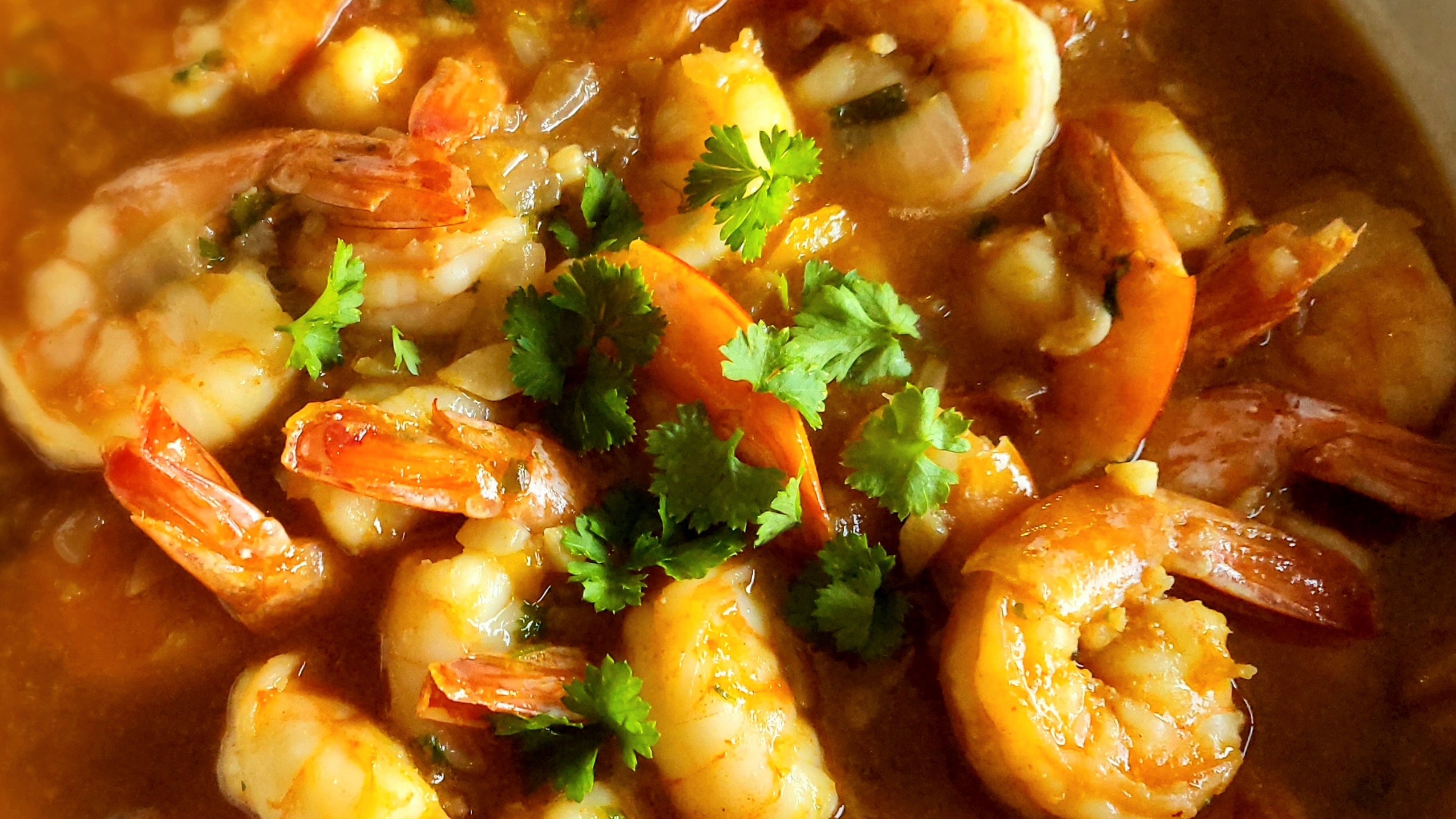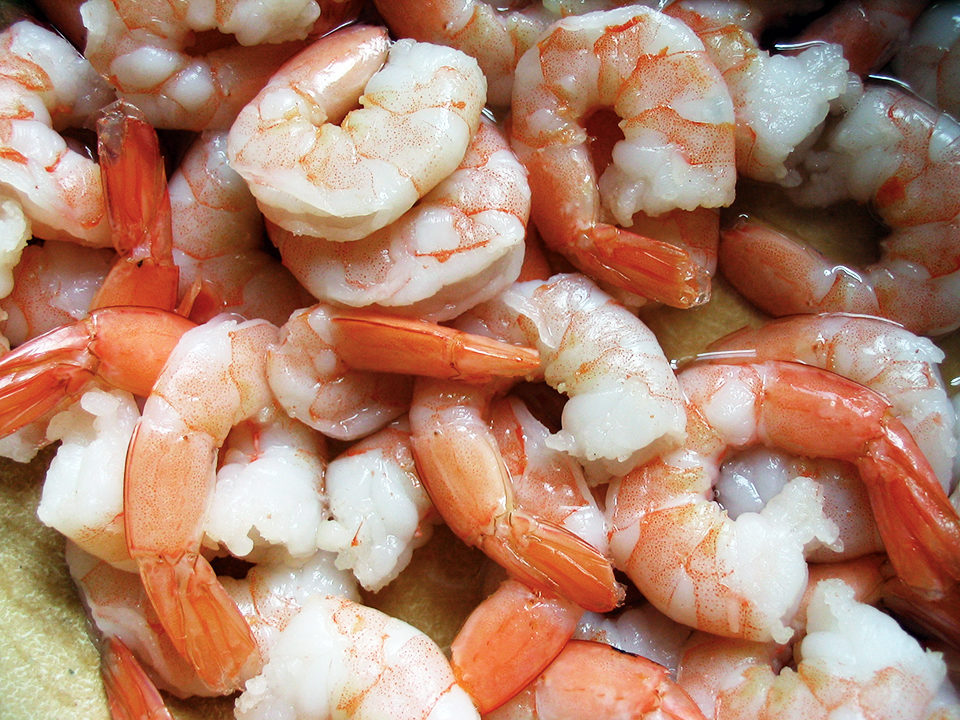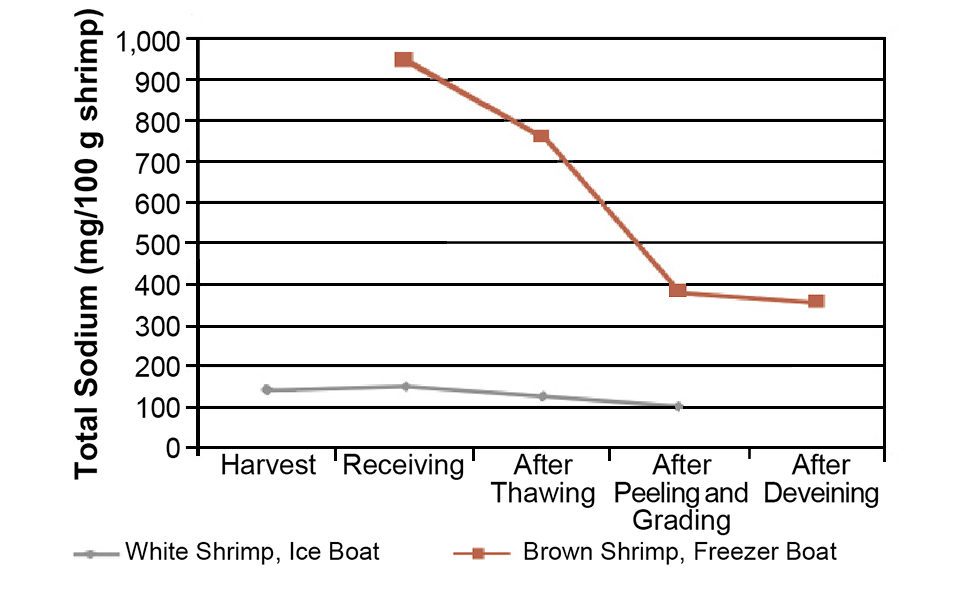Shrimp is a popular and healthy seafood option enjoyed across the globe. But if you’ve ever taken a bite of shrimp and found it to be surprisingly salty, you may wonder – is shrimp naturally salty? What causes the saltiness in shrimp? And what are the best ways to control and balance the saltiness when cooking shrimp at home?
As both a seafood lover and home cook, I decided to investigate the science behind shrimp’s salty taste. Here’s a deep dive into what makes shrimp salty, how to reduce saltiness and how to ensure your shrimp dishes are properly seasoned.
The Natural Saltiness of Shrimp
Shrimp obtains its salty flavor directly from its oceanic habitat. The seas and oceans where shrimp live contain high levels of natural salts and minerals. As shrimp feed and grow in this briny environment, their flesh absorbs and concentrates these salty compounds.
The natural saltiness of shrimp can vary based on
-
Species – Some shrimp species are inherently saltier than others based on their biological makeup and feeding behaviors.
-
Habitat – Shrimp caught closer to the ocean tend to be saltier than those inhabiting inland estuaries and wetlands.
-
Size – Larger shrimp often taste saltier as they’ve had more time feeding in mineral-rich waters.
-
Diet – What shrimp eat impacts their flavor. Shrimp fed fishmeal-based diets in farms may taste less salty than wild shrimp eating algae and plankton.
So while all shrimp contain some degree of innate saltiness, factors like species, origin, and size create variability in just how salty shrimp can taste.
How Cooking Intensifies the Saltiness of Shrimp
When shrimp is cooked, you’ll often notice a more pronounced saltiness compared to raw shrimp. This increase in saltiness occurs because:
-
Moisture is lost as shrimp flesh heats up, concentrating the natural salts and seasoning.
-
Salts and minerals diffuse more rapidly into shrimp proteins at higher temperatures.
-
Any salt added during cooking remains on the surface rather than being washed away.
Methods like grilling, broiling, sautéing, and frying often produce saltier shrimp than gentle poaching or steaming. Dry heat draws out moisture, while wet cooking methods retain it.
Tips for Balancing and Reducing Saltiness When Cooking Shrimp
If you find your cooked shrimp turns out overly salty, there are solutions:
-
Soak raw shrimp briefly in cold water to draw out some natural salts.
-
Avoid adding extra salt during cooking unless tasting shrimp first.
-
Balance saltiness with acidity from lemon, lime, or vinegar.
-
Choose lower-sodium seasoning like garlic, herbs, pepper, and chili powder.
-
Cook shrimp with creamy or starchy ingredients to offset saltiness.
-
If shrimp is too salty, serve with blander grains or vegetables to balance the flavor.
With the right techniques, you can achieve properly seasoned shrimp without overdoing it on the salt.
Health Concerns Around Eating Salty Shrimp
For most people, the natural salt in shrimp won’t cause health issues. But for those limiting sodium due to high blood pressure, heart disease, or other conditions, salty shrimp may be a concern.
Some tips for healthy shrimp consumption:
-
Opt for smaller, wild-caught shrimp which tend to be less salty.
-
Rinse, soak, or desalt shrimp before cooking to remove excess sodium.
-
Avoid heavily salted shrimp dishes like shrimp scampi or creole shrimp.
-
Balance intake by eating shrimp with low-sodium foods like greens, beans, or rice.
-
Flavor shrimp with lemon, herbs, spices, and other salt-free seasonings.
With mindful preparation, even sodium-conscious eaters can enjoy shrimp moderately as part of a healthy diet. Moderating portion sizes is key.
Common High-Sodium Shrimp Dishes to Enjoy in Moderation
When dining out or grabbing prepared shrimp meals from the grocery store, watch out for these notoriously salty shrimp dishes:
-
Shrimp scampi – Laden with butter and parmesan, this classic Italian dish packs in salt.
-
Shrimp creole or etouffee – Saltiness comes from a bold mix of seasoning and broth.
-
Salt and pepper shrimp – This Cantonese favorite is wok-seared with generous amounts of salt and spice.
-
Frozen fried shrimp – Breading and frying create saltiness the freezer then concentrates.
-
Canned shrimp – Canning liquids boost preservation but also infuse shrimp with sodium.
-
Shrimp cocktail – The cocktail sauce provides plenty of salty tang.
When indulging in restaurant shrimp, opt for lighter preparations like grilled, steamed, or garlic shrimp to better control salt intake.
Ways to Make Shrimp Dishes Kid-Friendly and Low Sodium
For children or anyone watching their salt consumption, tone down shrimp’s salinity with these easy tips:
-
Rinse off any briny liquid from thawed shrimp before cooking.
-
Use reduced-sodium seafood stock in shrimp boils or stews.
-
Skip breading or batter to avoid added salt and carbs.
-
Season simply with lemon, pepper, vinegar, garlic, or onion rather than soy or Worcestershire sauce.
-
Serve shrimp with a squeeze of fresh lemon or lime rather than tartar or cocktail sauce.
-
Avoid cooking methods like deep frying that intensify existing saltiness.
With a few adjustments, you can craft shrimp dishes the whole family can enjoy, regardless of their taste preferences or dietary needs.
Should You Salt Shrimp Before Cooking? Tips for Proper Seasoning
Since shrimp contains natural salts, should you season it with more salt before cooking? Here are some tips:
-
For salty varieties like seawater shrimp, refrain from adding more salt before tasting.
-
For milder freshwater or farmed shrimp, use a light sprinkle of salt to gently season.
-
Salt shrimp just before cooking as salting too early can overly cure the flesh.
-
When pan searing, add salt only at the end to prevent burning or overseasoning.
-
Consider rubs using salt-free spices, herbs, citrus, garlic, or pepper to add flavor.
-
If serving shrimp in a sauce, reduce added salt since the sauce will provide seasoning.
Proper seasoning is all about balance. With the right techniques, you can cook shrimp that is full of flavor yet not overly salty.
The Takeaway on Shrimp and Saltiness
While shrimp naturally contains some degree of salinity thanks to its ocean origins, preparation and cooking techniques significantly impact final saltiness and flavor. Following basic best practices of brining, rinsing, and seasoning shrimp with care allows the natural sweetness of the seafood to shine through. The key is being aware that shrimp starts salty, and adjusting seasonings accordingly. With the right balance, shrimp can deliver a taste of the sea without excess sodium.

Few samples correctly report the amount of sodium in the nutrition facts panel

For hundreds of years, salt has been an important part of keeping food fresh and making it taste better. This includes all seafood. Ions that make up salt, or sodium chloride, are an important part of a healthy diet because they keep the water balance in the body and keep the volume of fluids around cells steady. Still, it is known that eating a lot of salt can raise blood pressure, which can cause heart disease and stroke, two of the leading causes of death.
The media and doctors have made people aware of the health risks of eating a lot of sodium, and the food industry has spent billions of dollars making sure that nutrition facts labels say that people shouldn’t have more than 2,400 mg of sodium per day. However, the American Heart Association reported earlier this year that the average American still eats 6,000 to 18,000 mg of sodium every day.
Regulatory agencies, health care professionals and consumer groups in the U. S. are concerned with this fact. The Food and Drug Administration (FDA) could change how salt and sodium are regulated and add more rules to food labels about how much sodium is in the final product. The daily recommended intake value of sodium is also being revised.
Likewise, European legislators have encouraged the food industry to reduce the sodium content of all foods since 2006. Although United Kingdom consumers’ daily salt consumption has fallen from 3,800 to 3,440 mg sodium, the U. K. The Food Standards Agency is thinking about making the voluntary industry salt reduction program stricter so that people can eat no more than 6,000 mg of salt a day.
Sodium is a natural component of all seafood. Shrimp, for example, when harvested can have 250 to 300 mg sodium per 100 grams of meat. If you store shrimp in ice slush according to good manufacturing practices, the sodium level starts to drop because the shrimp is getting more water and sodium is leaching into the ice slush. If the product is frozen in salt brine before it is processed, the sodium levels in the meat may rise for a short time. However, when the product is thawed and processed further, the sodium levels will drop (Fig. 1).

Another source of sodium in shrimp can be the use of salt and/or moisture-retention agents (MRAs) during processing. Shrimp processors have used phosphates, a group of additives that are generally recognized as safe (GRAS), to keep shrimp moist since the 1960s.
Phosphates are natural components of shrimp and seafood that are involved in providing energy to the muscles. It loses phosphates when an organism dies, but treatments that add phosphates back to the cells restore their ability to bind water.
Researchers have found that phosphates and salt work better together. This is why salt is added to phosphate treatments all over the world. In addition, the presence of salt can enhance product flavor.
Adding phosphates and/or salt in the right way can add 50 to 250 mg of sodium per 100 grams of shrimp meat. Prolonged exposures or higher concentrations result in higher sodium additions.
U.S. market survey: sodium in shrimp
Researchers from the University of Florida in the United States tested 152 samples of raw and cooked peeled shrimp from stores all over the country. The results showed that raw shrimp products had between 170 mg and 1,130 mg of sodium per 113-gram serving. This was equivalent to 7 to 50 percent of the recommended daily intake value for sodium. The amounts of sodium in the cooked foods were between 100 mg and 612 mg per 85-gram serving, which is 4 to 25% of the daily recommended amount.
Only 31 percent of the samples correctly reported the amount of sodium in the nutrition facts panel. FDA allows a 20 percent variation to account for natural variations of any nutrients in the shrimp. That being said, 53% of the samples lied about how much sodium they had in their nutrition facts, and 15% lied about having more sodium than they did. These differences could mean that some companies changed how the products were treated with MRAs and/or salt but forgot to check the products’ sodium content.
Salty Mineral GH+ – Shrimp Keeping
FAQ
What is the saltiest seafood?
|
Food Name
|
Sodium (mg)
|
Serving
|
|
anchovy
|
3,668
|
100 g
|
|
clam
|
1,202
|
100 g
|
|
shrimp
|
947
|
100 g
|
|
scallop
|
667
|
100 g
|
Are shrimp salty?
All shrimp contain some sodium (they live in a salty environment, after all). However, what you buy in the grocery store is likely much saltier than when it first came out of the water. Fresh-caught shrimp are typically soaked in a salty brine within minutes of being harvested from the ocean.
Is shrimp healthy to eat?
Shrimp is very healthy to eat, unless you have an allergy to shellfish. Shrimp is great because it is a low calorie, high protein food that is relatively inexpensive. Shrimp is also very versatile, so there are many recipes out there, meaning that you can eat shrimp multiple times a week each time in a different way. Don’t make shrimp your only protein source, because a healthy diet is also a varied diet.
Are steamed shrimp salty?
Be aware of the total salt content of all these kinds of shrimp you can find in your local supermarket. In an experiment conducted by , 4 ounces of steamed shrimp were analyzed for their total sodium content. In the end, the results were astonishing!
Why is my shrimp so salty?
The shrimp soak up salt from the brine. Plus, shrimp are often frozen in a salt solution, which adds even more sodium to your overall numbers. Easy-peel shrimp are serious culprits for sodium, too. Another salt solution is used to help the petite crustacean slip right out of the shell without a great deal of effort.
